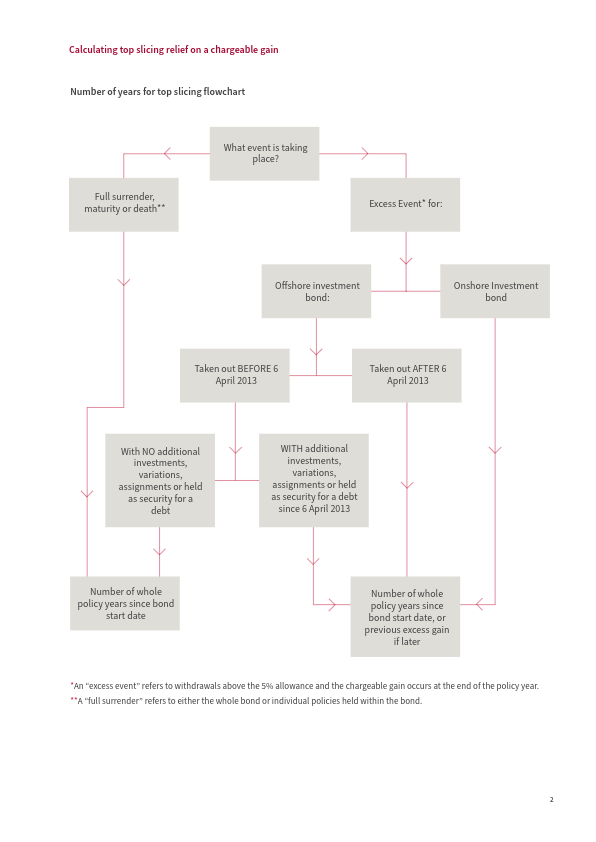With the current tax year almost out of the way, you might find yourself contemplating the trajectory of your business and how best to navigate the challenges and opportunities ahead. With this in mind, in this week’s newsletter, we’re outlining the five key considerations regarding the advantages of integrating outsourced paraplanners into your financial planning process and delivering tailored financial solutions for your clients.
1.Embrace collaboration with a paraplanner as a strategic partnership.
While paraplanners have traditionally operated behind the scenes, they possess comparable qualifications and expertise to advisers, making them instrumental in achieving positive client outcomes. Have you considered involving a paraplanner in client meetings? This will allow you to focus on building rapport while they handle note-taking and address any technical inquiries from clients.
2 Technology is your friend.
While face-to-face meetings present logistical challenges for including paraplanners, leveraging technology such as artificial intelligence solutions (AI) can offer similar benefits. It’s currently a hot topic but advisers are beginning to integrate AI into their daily operations.
With our first hand experience at We Complement, it’s clear that Saturn AI has risen to the forefront in this domain, offering robust features for processing meeting notes, organising tasks, and outlining the next steps. With Saturn AI as the go-to tool, advisers can automate time-consuming administrative tasks, freeing up valuable time to deepen client relationships and focus on strategic planning.
3. Consider how paraplanners can streamline your back-office operations.
By offering an objective assessment of your administrative processes, they can identify opportunities to enhance efficiency and compliance. Streamlined back-office systems not only contribute to client satisfaction but also increase the likelihood of referrals and new business opportunities.
4. Tap into specialised technical expertise provided by outsourced paraplanners.
Particularly in areas such as defined benefit pension transfers or long-term care planning. Collaborating with external paraplanning resources supplements your in-house capabilities and ensures access to timely, expert advice.
5. Implementing a centralised approach to your advisory processes.
We feel this is the most important and is crucial in demonstrating consistency and reliability, especially in light of always evolving regulatory requirements. Centralised retirement and investment propositions, coupled with a structured advice framework, bolster your ability to deliver excellent outcomes for clients and upholds consumer duty standards.
Outsourcing your paraplanning tasks means no more staffing issues commonly associated with an internal paraplanning team. By partnering with a reliable outsourced team, you alleviate the burden of recruitment and ensure continuity of service, regardless of staff sickness, holidays and capabilities.
We Complement are looking to partner with firms and individuals who recognise the value of paraplanners beyond mere report generation. Unlike report writers who merely compile information into templates, paraplanners serve as technical analysts capable of influencing business outcomes. Leveraging their expertise can potentially lead to increased business generation and client satisfaction.
If you’re interested in exploring these benefits further or discussing how We Complement can support your business objectives, feel free to reach out to us online.
